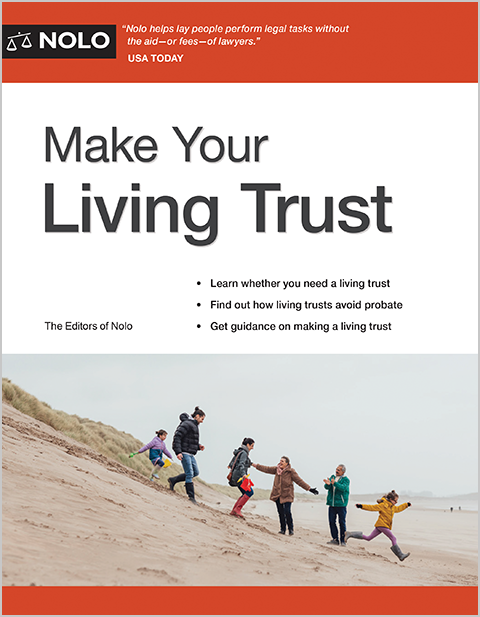Donate to charity and get paid for life.
Charitable remainder unitrusts allow a donor to have steady income stream while sidestepping capital gains tax. Many well-off people use this device to donate money to colleges or universities while reducing tax liability.
Basic Setup of a Charitable Remainder Unitrust
A charitable remainder unitrust (also called a CRUT) is an estate planning tool that provides income to a named beneficiary during the grantor's life and then the remainder of the trust to a charitable cause. The donor or members of the donor's family are usually the initial beneficiaries. The trust provides variable income to the beneficiary, which is based on a percentage of the fair market value of the assets in the trust. This amount is revalued each year.
A CRUT is usually funded with a valuable asset, such as artwork, a house, stocks, bonds, or other property. Additional assets can be added to the trust over time. So that the trust isn't simply used to avoid taxes, the federal government requires that the charity receive at least 10% of the asset's fair market value.
Example Charitable Remainder Unitrust
Sarah, a graduate of Penn State, receives $200,000 in stock certificates from her grandfather. She wants to ensure that she has income from a trust but also wants to donate some funds to her alma mater. She establishes a charitable remainder unitrust, which follows these steps:
- Sarah transfers the stock certificates to the trust.
- The trust pays a percentage of the principal's value each year to Sarah.
- When Sarah dies, the trust terminates and transfers $20,000—10% of the total assets' value—to Penn State.
Types of Charitable Remainder Unitrusts
The amount of income that the initial beneficiaries receive depends on which type of CRUT is set up. The income varies each year based on the fair market value of the trust's assets and is usually taxable. The duration of the income payments may be for your life or up to 20 years.
Standard Unitrust
A standard unitrust provides an income based on a fixed percentage that is determined at the time you set up the trust. The percentage must be at least 5% and not more than 50% of the fair market value of the trust assets—as valued at the beginning of each year.
Net Income Unitrust
A net income unitrust provides annual payments that can follow the process of a standard unitrust or it can provide net income of the trust, whichever is lower. This type of trust is usually preferred by donors who are younger or otherwise want to wait until later to get larger payments.
Flip Unitrust
A flip unitrust begins as a net income unitrust, but it only pays beneficiaries based on actual earnings of the trust. This type of trust is usually set up when an asset that isn't liquid—like real estate or artwork—is used to fund the trust. The trust states that at some specified date in the future the asset will be sold and will then operate as a standard unitrust. This type of trust might be preferred for a donor who wants it to fund retirement.
Capital Gains Tax and CRUTs
One of the main reasons why people use charitable remainder unitrusts is because of favorable tax treatment. The trust doesn't have to pay capital gains tax when it sells a trust asset. Grantors might transfer appreciated stock or other property into a trust for this reason alone. Additionally, CRUTs can sell highly appreciated assets with reduced tax consequences.
Let's go back to Sarah. If Sarah's stock value increases by $50,000 to a new value of $250,000 and she decides to sell the stock, she would be subject to the capital gains tax rate based on her tax bracket. If she's in a federal income tax bracket that requires a long-term capital gains tax of 15%, she'd be responsible for a capital gains tax of $7,500.
By transferring the stock to a CRUT with a 5% annual income stream, Sarah would receive $12,500 in the first year and would also receive an income tax deduction. She avoids paying the capital gains tax. When Sarah passes away, Penn State will use the remaining assets in the trust based on her instructions, such as to establish a scholarship fund in her name.
Benefits of CRUTs
Some of the benefits offered by charitable remainder unitrusts include:
- immediate income tax deduction for a portion of the contribution to the trust
- no upfront capital gains tax on appreciated assets you donate to the trust
- steady income stream for life or many years
- federal and possible state income tax charitable deduction, and
- knowledge of your philanthropic contribution to a charity of your choice.
Get Help
If you would like to set up a charitable remainder unitrust, contact an estate planning attorney for assistance. These trusts might have to meet additional requirements such as being registered with the state, which an attorney can help walk you through. You might also be able to get information directly from the charity you want to donate your money to since many charitable organizations, universities and nonprofit medical facilities offer information on setting up charitable remainder unitrusts.
Ready to create your will?



